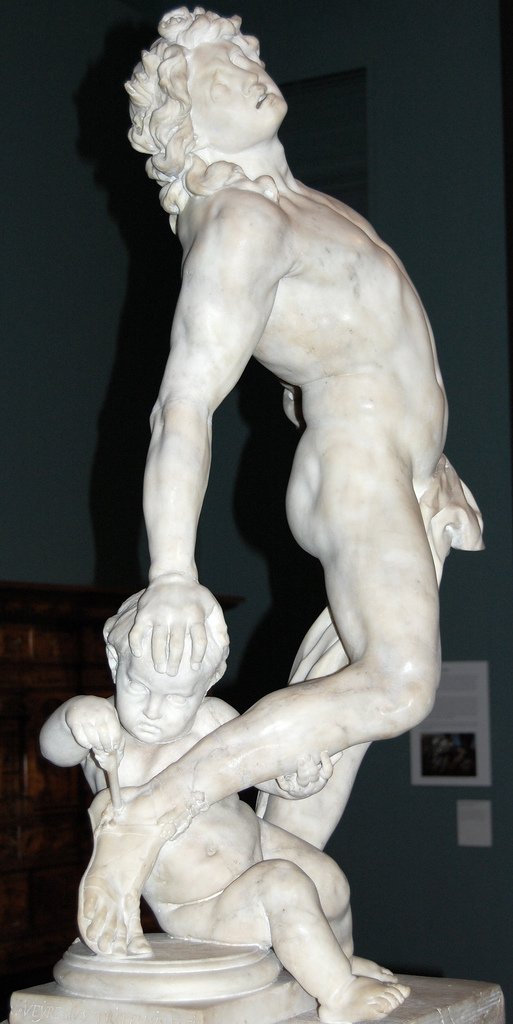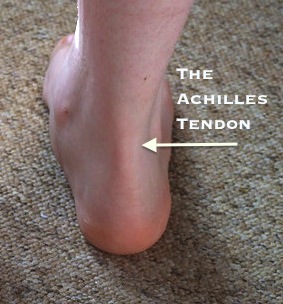Where Does the Term "Achilles Heel" Come From?

The idiom "Achilles' heel" has been used in English for more than 200 years to mean "a weak spot or vulnerable area." It comes from the mythology surrounding Achilles, the greatest Greek warrior during the Trojan War.
Achilles' Heel Myth
Achilles was the son of a mortal man, Peleus, and a sea goddess, Thetis. A prophecy claimed that Achilles would either live a long, but uneventful life, or would become the greatest of Greek heroes but die young. Thetis, anxious to save Achilles, tried to make him immortal by dipping him in the river Styx in the underworld. Instead, she made him invulnerable except for at the tiny spot where she held him -- his heel.
Although there are plenty stories of Achilles' fighting prowess and temper, the story of how he became invulnerable except for a tiny spot on his heel is not attested until hundreds of years after the codification of the epic cycle. It is not until the unfinished Achilleid of Statius, a 1st century Roman poet, that we have an extant ancient text documenting this myth.
An earlier (and better attested) myth has Thetis anoint the infant Achilles with ambrosia and place him in the fire to burn away his mortality. Unfortunately, Peleus came upon her before she finished the job, and she fled, never to return to him.


Achilles the Warrior
Achilles was the leader of the Myrmidons, and according to the Iliad, brought 50 ships to Troy. He fought extremely bravely and was named the best of the Achaeans (i.e., of all of the Greeks) for his fighting prowess.
The Iliad begins, however, with Achilles sitting out the fighting because he has been insulted by the commander of all the Greek forces and king of Mycenae, Agamemnon. He does not fight until Book 20 (out of 24), and only then does he reconcile with Agamemnon in order to avenge the death of his best friend (and, perhaps, his lover) Patroclus. His rage and desire for vengeance were so great that he would have sack Troy by himself had the gods not restrained him. Achilles manages to kill Hector, the son of the king of Troy and Troy's greatest warrior, and he defiles Hector's body in revenge. The Iliad ends with Achilles' returning Hector's body to King Priam, but the story of Troy doesn't end there.
The epic of Troy continues with several lost stories, one of which tells the story of how Achilles fought the Amazons and first fell in love with, and then killed, their queen Penthesilea.


Death of Achilles
The "official" story of Achilles' death is lost; only fragments remain of the Aithiopis, which followed the Iliad in the epic cycle. Achilles was wounded in the heel by an arrow shot by Paris and guided by Apollo. (Paris was the youngest son of King Priam of Troy, and the cause of the entire Trojan War when he kidnapped Helen, the wife of the king of Sparta, Menelaus.)
After his death, Achilles' body was rescued by Ajax, another great Greek warrior. Ajax and Odysseus then fought over Achilles' armor; Odysseus won and Ajax killed himself in a fit of madness.


The Achilles Tendon
In modern medicine, the tendon at the back of the ankle which runs down into the heel is called the Achilles tendon. Its official Latin name is tendo calcaneus, but it has been referred to by its popular name since the late 17th century (predating the metaphorical use of the term "Achilles' heel, above). The name is derived from the same story of Achilles' dip into the River Styx.
The Achilles tendon is prone to damage from sudden movement or repeated motion. The most common cause of pain in the Achilles tendon is tendinosis, which is an overuse injury caused by tiny tears in the tendon. The Achilles tendon can also tear during exercise or sports, resulting in pain and decreased range of motion.








